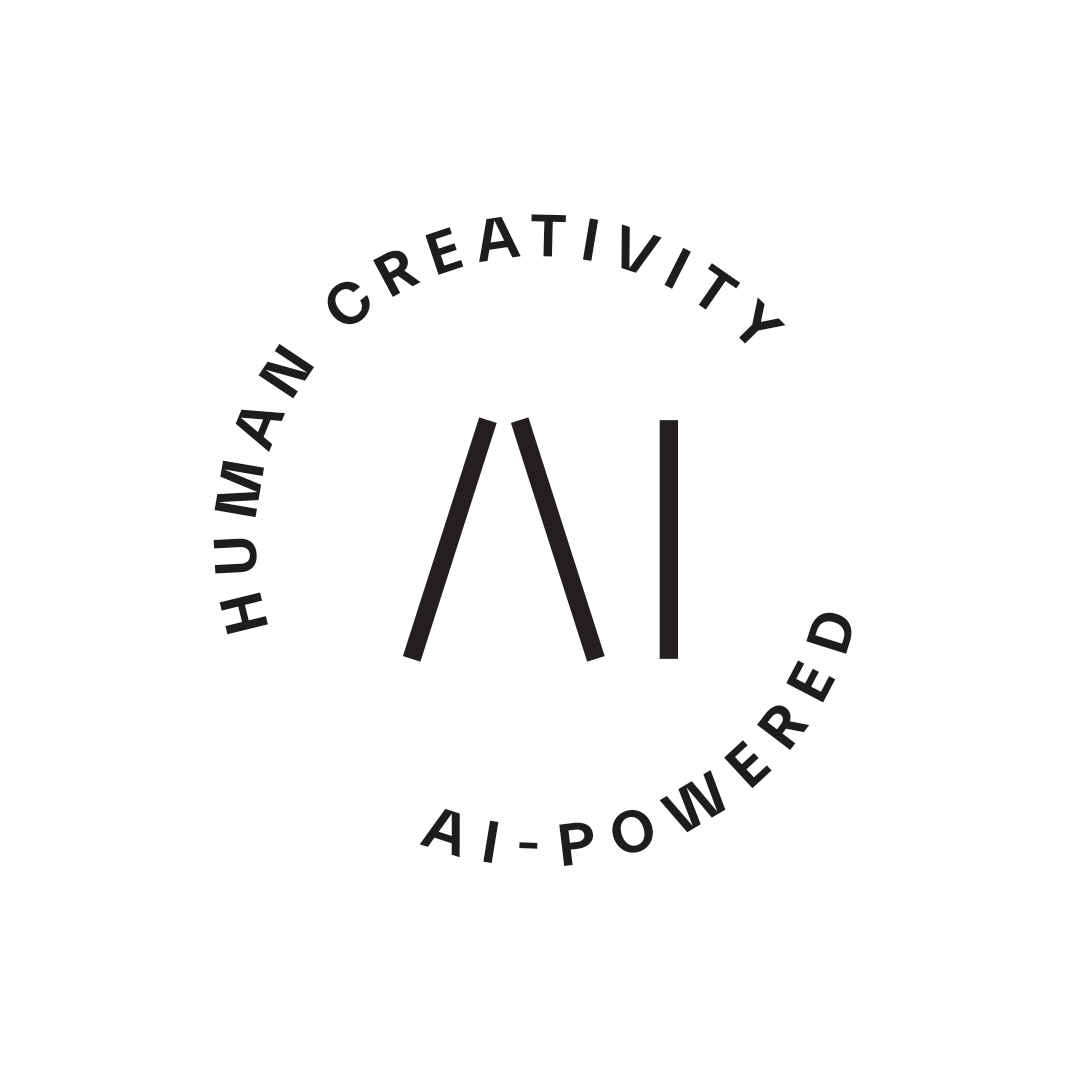Services
Software Quality
As an increased amount of code is written by AI, the need for QA and testing increases. Our daughter company VALA combines 17 years of QA know-how with AI-powered tools and practices, to help us create software that works.


Trends in Software testing and Quality assurance
AI is altering software development so drastically that all trends seem to be related to it at the moment. Here are four important QA trends at the moment.
From understandable code to blackbox outputs
AI-generated code and systems built on LLM models create outputs we can't always trace or explain. This changes QA work from debugging code to validating unpredictable behavior. Testers need new tools and thinking to build trust in machine-created results.
The new role of test data in assuring quality
Test data is no longer just a support tool, it's a central part of testing, especially in AI-powered systems. Well-designed data sets help uncover problems, simulate real usage, and ensure legal and ethical use. Preparing this data is now one of the hardest and most valuable parts of QA.
Expanding left and right: QA across the lifecycle
Testing needs to shift to both earlier and later phases of development. QA starts by challenging requirements and ends by monitoring real-world behavior of live systems. AI tools increase this need as outputs change over time, even without source code changes.
Knowing what to assure in the AI era
As development becomes more automated, testing code itself may become less important. Instead, we’ll need to focus on areas like usability, security, compliance, and outcomes. QA must adapt to assure quality in new types of artifacts – prompts, data sets, or user experiences.
VALA – Greatest quality company in Finland
Mediocre quality is not enough. Siili's daughter company VALA offers all software quality services and a path from good to best. As VALA's client you'll get the best software quality service in Finland. As VALA employee, you’ll get the best community of quality professionals, and the most empathic culture. As a proof of this, VALA is the Finnish Great Place to Work winner in medium sized companies in 2025.

Our approach to Quality
Our Quality Model challenges the assumption that testing alone can solve software quality issues. Instead, it introduces a three-level framework that emphasizes a holistic, organization-wide approach.
We encourage applying these levels top-down (3 → 2 → 1) rather than bottom-up. This ensures that testing is aligned with business goals and organizational ways of working – making it more effective and sustainable.
1. Smart Testing
Project level
Embraces both modern and traditional testing methods like the test pyramid, testing quadrants, and shift-left practices. It’s the foundation, but not sufficient on its own.
2. Business Focus
Project / program management level
Promotes early and continuous involvement of business stakeholders across the entire development lifecycle – from requirements to acceptance. Quality is seen as a shared responsibility, not just a tester’s task.
3. Build Quality
Organization level
Elevates quality to a strategic concern. The goal is to standardize practices, tools, and mindsets across all teams and roles, embedding quality in everyday operations and decision-making.
Articles
Case stories
Ready to future-proof your digital operations?

Ready to make AI real?
Let’s explore your opportunities, map the path forward, and build reliable, AI-powered solutions that scale — together.






